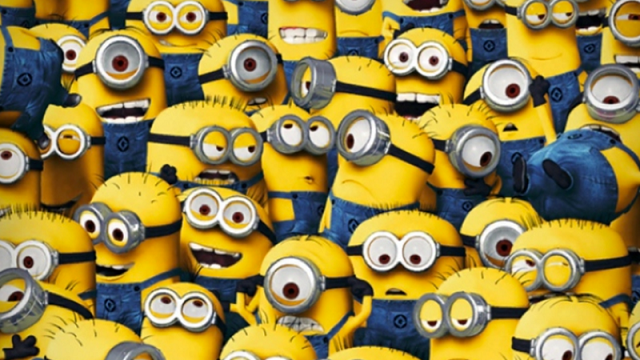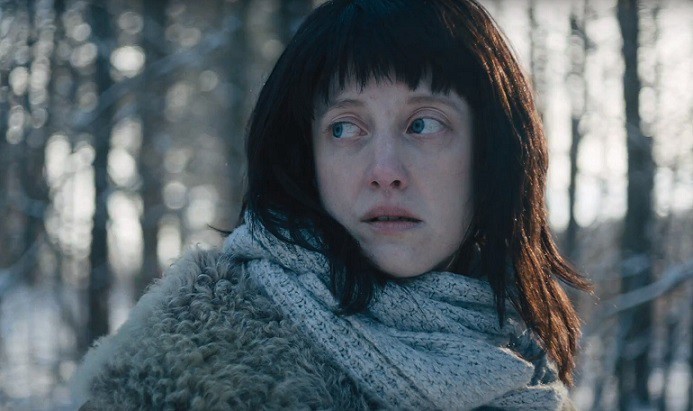It’s not news that the animation industry has always been a boys club, but that doesn’t make BuzzFeed’s recent longform exposé on the historical, institutional and ongoing sexism within the field any less powerful. Ariane Lange’s piece is full of revealing tidbits, like the fact that wearing a pantsuit to the office was a fireable offense for women at Disney until 1958. But the most compelling elements of the article come from the many women — both retired and still working — who share their often horrific experiences about what it’s like to be a woman in animation.
The piece is well worth reading in full, but if you want a preview, here are the 10 most gut-punching moments from the piece.
1. Animator Joanna Romersa, who began working at Disney in 1954, recalls the very low glass ceiling at her company. “I wanted to progress and was literally told, ‘No, you cannot, because you’re a woman and you’ll get married and you’ll go away.’” The 79-year-old reportedly began tearing up at the memory of being denied her aspirations. “I saw many of my male colleagues advance a lot quicker than I did, just because they could bullshit with the boys,” she said.
2. Being sexually harassed as the price of admission into the industry. Unwanted touching at the office was a given at Ralph Bakshi’s studio, among others. (An animation pioneer, Bakshi directed “Fritz the Cat” and founded Bakshi Productions.) A secretary and a production manager at Bakshi, Romersa “used to think Ralph was mad at me if he didn’t pat my butt or pinch my boob,” she said, adding, “Bakshi was a bastard.” But another female employee at Bakshi said she was thankful for the job, since he was the rare man in the field who had any creative female employees at all.
3. “When you grow a penis.” The response animator Sari Gennis got around 1980 when she asked her ad agency’s creative director when she’d get to direct a high-profile commercial.
4. Gennis also remembered a “recent” event when she was the first in her team to be laid off even though she was the only trained animator in the group. Her supervisor explained that he “wanted to keep his guys working.”
5. The man who hired Brenda Chapman at Disney told her it was because of her gender. “It really took the wind outta my sails, I have to say. Because I wanted to be hired for my talent, not for my gender,” said Chapman. “I felt like maybe I didn’t — maybe there were other people who deserve the job more than I do, but I got hired because I was a woman, so it made me feel like I had to work harder to prove that I deserved to be there.” When she was later hired at Pixar, it was to work on the female characters in “Cars.”
6. Chapman’s famous firing in the middle of production perpetuated Pixar’s woman problem. Emma Coats, then a new hire at the studio, describes her reaction to Chapman’s departure from the project: “It made me realize, There’s nobody. Without Brenda to look up to… there’s nobody I can look up to. … Imitating the guys isn’t gonna give me the same results as it gives them.” Because of Chapman’s unceremonial firing, Coats left Pixar.
7. As in other fields, women are seen as too nice or not nice enough, too mean or not mean enough. “To me, she could’ve behaved exactly the way any of the male directors behaved, but it would have been taken differently,” remarked Coats about Chapman.
8. Stories about girls and women continue to be dismissed. “We don’t know how to market a movie about two arguing women,” a Disney employee told Pixar executives about “Brave.” The Scottish-set tale is, of course, Pixar’s 13th film and the first to feature a female protagonist. Only 31% — or less than a third — of speaking characters in prime time children’s programming are female.
9. Even with women outnumbering men at top-level animation programs, male talent continues to receive greater recognition. “Last fall, 71% of students in the California Institute of the Arts’ famed character animation program were female,” notes BuzzFeed. “However, that same school year in its Producers Show, which screens the ‘best’ student work, more than two-thirds of the films shown were by male students, in a year when men made up less than one-third of students in the program. Furthermore, women outnumbered men in the program in 2012, 2013 and 2014 — and yet in each of those years, men still outnumbered women in the Producers Show.”
10. A vicious cycle perpetuates the exclusion of women artists and storytellers from the industry. Of Cartoon Network’s “14 new and returning original series for the 2015–2016 season, only three featured a female protagonist … and only one of the network’s shows was created by a woman.”
READ MORE: Female Students Studying Animation in Increasing Numbers, but Future Uncertain for Grads
[via BuzzFeed]







